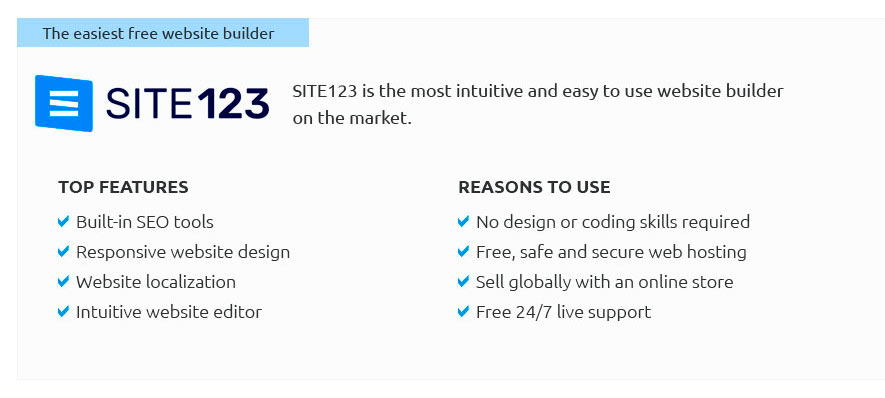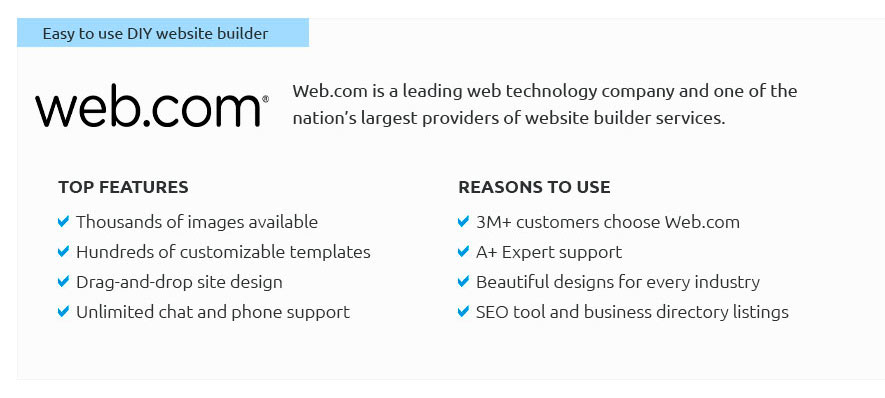 |
 |
 |
 |
|
 |
 |
 |
|
 |
|
 |
 |
|
 |
|
 |
|
 |
 |
Exploring the World of Database Website TemplatesIn today's digital age, where businesses are rapidly shifting towards online platforms, the role of database website templates has become increasingly significant. These templates are not just placeholders for data; they form the backbone of dynamic websites that require constant updates and seamless user interaction. But what makes them so essential, and how can they be used effectively? Let's dive into the fascinating world of database website templates. Understanding Database Website Templates At their core, database website templates are pre-designed layouts that enable users to create websites connected to a database. This connection allows for the storage, retrieval, and manipulation of data, making it indispensable for e-commerce sites, blogs, and content management systems. What sets these templates apart is their ability to integrate with various databases, such as MySQL, PostgreSQL, and MongoDB, to deliver real-time data processing and storage solutions. The Appeal of Pre-Designed Templates Why are these templates so popular? For one, they significantly reduce the time and effort required to build a website from scratch. By offering a ready-made structure, they allow developers and non-developers alike to focus on customizing the look and feel without worrying about the complex backend processes. This is especially beneficial for small businesses and startups that may lack the resources to hire a full-fledged development team. Customization: The Key to Uniqueness While templates provide a solid foundation, customization is where the true potential lies. A template's flexibility often determines its value, as businesses strive to create a unique brand identity. By tweaking the CSS, adding custom scripts, or integrating third-party plugins, users can transform a generic template into a distinctive website that reflects their brand's ethos. However, it's worth noting that while customization is empowering, it requires a balance; excessive modifications can lead to performance issues or even security vulnerabilities if not handled properly. Real-World Examples Let's consider a few real-world scenarios where database website templates shine. Imagine an online bookstore that needs to manage an ever-growing inventory. With a database template, the store can easily update book listings, track inventory levels, and provide personalized recommendations to customers based on their browsing history. Similarly, a travel agency can leverage these templates to offer dynamic booking systems that update in real-time, ensuring customers receive accurate information on available flights and accommodations. Choosing the Right Template When selecting a database website template, it's crucial to consider several factors. First, assess the template's compatibility with the database you intend to use. Ensure it supports the necessary features and scalability to accommodate future growth. Look for templates with responsive design, as mobile-friendliness is no longer optional but a necessity in today's multi-device world. Additionally, evaluate the level of support and documentation available, as these can be invaluable resources during the development process. A Word of Caution While database website templates offer numerous advantages, they are not without their pitfalls. One common issue is the temptation to rely too heavily on templates without understanding the underlying architecture. This can lead to sites that are difficult to maintain or extend over time. Therefore, even when using templates, a basic understanding of web development and database management is advisable to ensure long-term success. In Conclusion Database website templates are powerful tools that bridge the gap between technical complexity and user-friendly design. They provide a launching pad for businesses to establish their online presence quickly and efficiently. However, like any tool, their effectiveness depends on how they are used. By understanding their capabilities, customizing thoughtfully, and choosing wisely, businesses can harness the full potential of database website templates to create robust, scalable, and engaging websites. https://themeforest.net/search/database?srsltid=AfmBOoomd6W-01Xvr6rmaYeihFYRfmdPXSY7mhm7uHsZD-oa2OBVz3Yj
Get 134 database website templates on ThemeForest such as CAREERS - Job Portal & Candidate Database (HTML), Sequex - WordPress Movie Database Theme, ... https://webflow.com/made-in-webflow/database
Discover Database websites built by the Webflow community. Browse, clone, and customize thousands of websites #MadeinWebflow. Looking for templates? https://restdb.io/templates/
Database template for creating a complete dynamic website. Get out your new site in minutes! This is a template we've created to make it super-simple to set ...
|